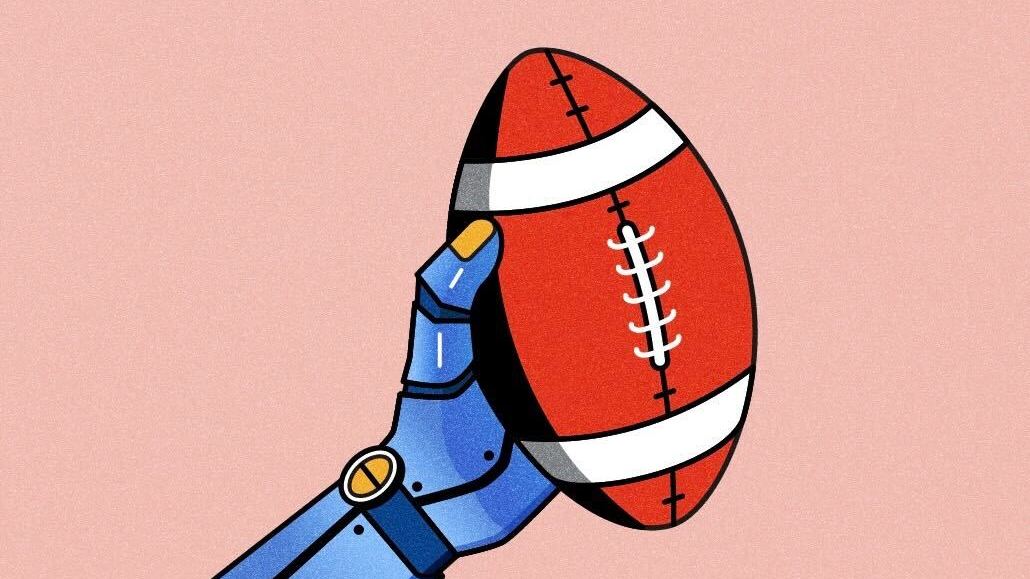Sports Illustrated’s new esports vertical is proof that mainstream media hasn’t given up on competitive gaming

Sports Illustrated has launched a dedicated esports vertical, aptly named Esports Illustrated. The venture is the result of an agreement between Sports Illustrated rights holders The Arena Group and New-Jersey-based gaming and esports agency Gaud-Hammer Gaming Group (G3).
Esports Illustrated soft launched in November to cover the League of Legends World Championship, but it is officially coming out of the shadows for a hard launch today. It’s separate from Sports Illustrated’s dedicated gaming vertical, which launched last year, but both sections fall under SI’s broader FanNation brand, which Sports Illustrated Media Group svp and general manager Chris Pirrone described as a platform that allows contractors and freelancers to own a specific vertical on the SI website.
“What the video game opportunity offers us is more short-form content that people are searching for, or that is trending,” Pirrone said. “Whereas the content strategy for esports was directionally more toward the traditional Sports Illustrated, where we could cover aspects of personalities, teams, things that are a little bit more feature-like.”
G3 licensed the Sports Illustrated brand from The Arena Group to create Esports Illustrated. Esports Illustrated is independently operated by G3, although it is accessible via the Sports Illustrated website and will have select headlines shared on SI’s front page. It has its own seven-member staff independent of Sports Illustrated’s masthead, as well as dedicated social media feeds on Instagram, Twitter and TikTok.
Pirrone declined to share specific details regarding the financial agreement between The Arena Group and G3, but said that it was a long-term, multi-year relationship with a revenue share around ad dollars, sponsorships and events generated by the new vertical. “Both sides are committed longer-term to making something like this work, and we’re seeing greater engagement — audiences doubling month over month, page views doubling month over month,” he said.
By launching an esports publication under the umbrella of Sports Illustrated, Esports Illustrated hopes to use the SI brand as a springboard to become the “MTV of esports,” according to G3 CEO L. Anthony Gaud.
Many esports fans — including this reporter — were avid readers of Sports Illustrated in their childhood, although some observers believe the brand’s popularity may have declined among the predominantly millennial and Gen Z esports audience. The median age of the Sports Illustrated reader is 45 years old, according to the publication’s official media kit.
“We’ve had multiple forms of entertainment overtake where players want to be featured, and Sports Illustrated is very far behind, in that regard,” said Rod Breslau, a longtime esports journalist who helped launch esports editorial operations such as ESPN Esports and theScore Esports. “It is going to be hard — however, I do think that to a lot of people, the name, especially in North America, still resonates with excellence in sport.”
The launch of Esports Illustrated comes at an interesting time for the broader landscape of esports journalism. Last year brought a wave of layoffs in esports media, and other major non-endemic media organizations such as Yahoo, ESPN and most recently The Washington Post have attempted to enter the space only to shut down a few years later. If Esports Illustrated wants to succeed, it will need to do something differently than both endemic giants such as Dot Esports and Dexerto, as well as the array of independent journalists that have cropped up in the industry in recent months.
(Also, Esports Illustrated plans to abbreviate itself as “ESI” — which could cause some confusion among esports newsreaders, as the pre-existing endemic publication Esports Insider uses the same initialization.)
According to Gaud, Esports Illustrated will separate itself from the pack by establishing direct relationships with major esports brands and companies that allow them to communicate more directly with fans.
“Creating those relationships, I think, is a little different than what you traditionally see a lot of esports coverage doing,” Gaud said. “We work very closely with the video game side, so that we actually schedule everything out over time.”
One key area that will determine Esports Illustrated’s success is the talent it brings on in 2023. The esports community is obsessed with individual influencers, and influencer–journos such as Jacob Wolf and Full Squad Gaming command some of the largest followings in the industry. Bringing on recognizable and proven talent to shore up its coverage of the esports industry would help legitimize Esports Illustrated in the eyes of many esports fans.
“Esports Illustrated will not succeed unless they have people who have been through this before, to guide them along the way,” Breslau said. “Because everything else from the outside, in the last couple of years, has failed miserably.”
More in Marketing

In the marketing world, anime is following in the footsteps of gaming
As marketers look to take advantage of anime’s entry into the zeitgeist, they might be wise to observe the parallels between the evolution of anime as a marketing channel and the ways brands have learned to better leverage gaming in recent years.

With the introduction of video ads and e-commerce, Roblox looks to attain platform status
Roblox is expanding into more areas than just ads in 2024. Much like platforms such as Amazon and Facebook have transcended their origins to evolve from their origins as online marketplaces and social media channels, Roblox is in the midst of a transformation into a platform for all elements of users’ virtual lives.

PepsiCo wants to remain a ‘driver of culture’ as it turns to influencers and activations amid rebrand
The soda-maker says it can translate cultural relevance into sales volume.
Ad position: web_bfu



